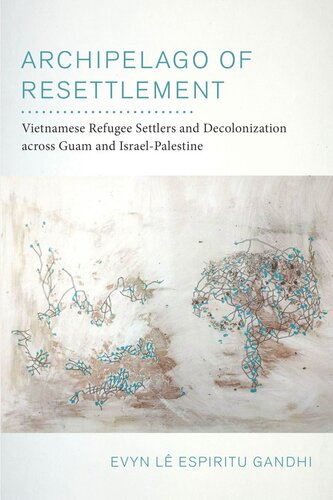

Most ebook files are in PDF format, so you can easily read them using various software such as Foxit Reader or directly on the Google Chrome browser.
Some ebook files are released by publishers in other formats such as .awz, .mobi, .epub, .fb2, etc. You may need to install specific software to read these formats on mobile/PC, such as Calibre.
Please read the tutorial at this link: https://ebookbell.com/faq
We offer FREE conversion to the popular formats you request; however, this may take some time. Therefore, right after payment, please email us, and we will try to provide the service as quickly as possible.
For some exceptional file formats or broken links (if any), please refrain from opening any disputes. Instead, email us first, and we will try to assist within a maximum of 6 hours.
EbookBell Team

4.1
60 reviewsA free open access ebook is available upon publication. Learn more at www.luminosoa.org.
What happens when refugees encounter Indigenous sovereignty struggles in the countries of their resettlement?
From April to November 1975, the US military processed over 112,000 Vietnamese refugees on the unincorporated territory of Guam; from 1977 to 1979, the State of Israel granted asylum and citizenship to 366 non-Jewish Vietnamese refugees. Evyn Lê Espiritu Gandhi analyzes these two cases to theorize what she calls the refugee settler condition: the fraught positionality of refugee subjects whose resettlement in a settler colonial state is predicated on the unjust dispossession of an Indigenous population. This groundbreaking book explores two forms of critical geography: first, archipelagos of empire, examining how the Vietnam War is linked to the US military buildup in Guam and unwavering support of Israel, and second, corresponding archipelagos of trans-Indigenous resistance, tracing how Chamorro decolonization efforts and Palestinian liberation struggles are connected through the Vietnamese refugee figure. Considering distinct yet overlapping modalities of refugee and Indigenous displacement, Gandhi offers tools for imagining emergent forms of decolonial solidarity between refugee settlers and Indigenous peoples.